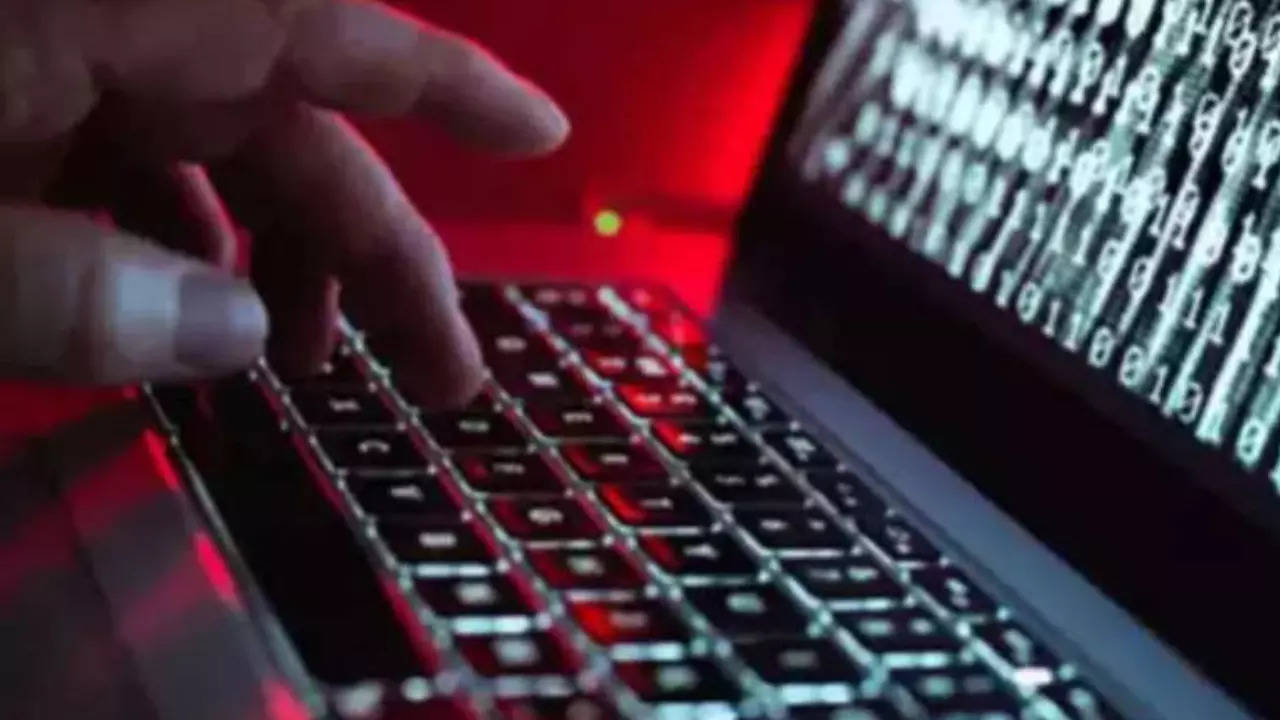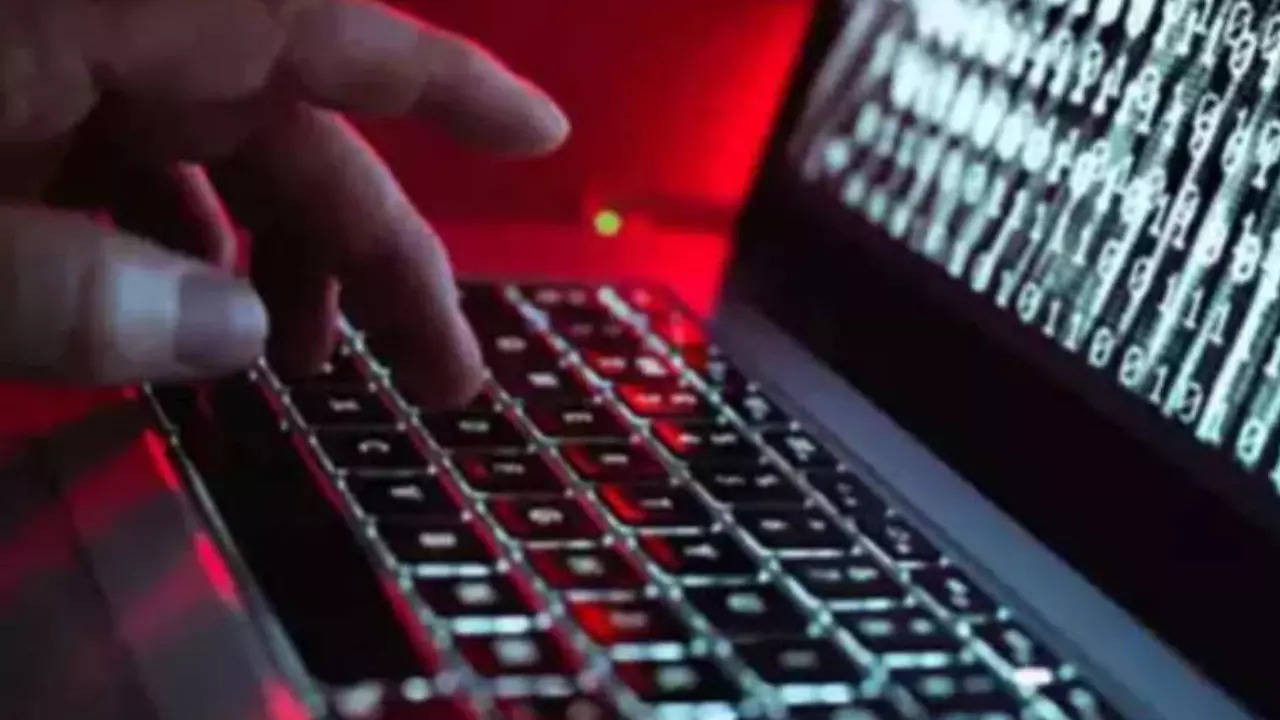
Recent cyberattacks targeting power generation facilities in Ladakh, Mumbai, and Telangana underscore the urgent necessity for India to fortify its energy sector. As the world’s fourth-largest producer of renewable energy, India’s energy industry is increasingly becoming a prime target for cyber threats, necessitating a robust cybersecurity framework. With a staggering 179 GW of installed renewable energy capacity, representing 46% of the nation’s total energy capacity, India’s power grid is undergoing a profound transformation.
The evolution of India’s power sector involves the integration of various smart grid technologies throughout the generation, transmission, distribution, and consumption phases. This ambitious initiative amplifies the criticality of prioritising the security of India’s green energy grid, given the tangible ramifications on daily life and the economy.
The escalating complexity of the green energy grid
The utilization of cutting-edge technologies to streamline India’s transition to green energy represents a revolutionary shift. However, ensuring energy security poses a formidable challenge, primarily due to the coexistence of modern and outdated equipment within operational systems. Compounding this challenge are expanding network connections, particularly with India’s initiative to offer free electricity to citizens generating solar power and linking it to the grid.
The escalating complexity and size of the green energy grid results in a significantly enlarged attack surface. For instance, green energy generation facilities frequently exchange large volumes of data with utility operators and power aggregators through ‘smart grid-interactive inverters.’ These cyber-physical devices dissolve traditional air gaps and heighten the risk of cyberattacks. Exploiting vulnerabilities in such inverters enables attackers to move laterally and gain access to sensitive and vital assets. This vulnerability extends to other smart grid-interfacing devices involved in transmission, distribution, and related value chains.
India must prioritize the installation of secure green energy grids and embrace proactive security measures. Such measures will equip power sector stakeholders to effectively mitigate risks and minimize potential damage.
Securing India’s energy grid with exposure management
Green energy companies face the daunting task of pinpointing and rectifying vulnerabilities and establishing security measures within their interconnected systems, especially considering that many power operators in India still rely on legacy installations. Employing preventive security strategies can effectively preempt attacks by facilitating comprehensive asset inventory and implementing solutions capable of continuously monitoring the environment for changes in baseline and indicators of compromise. This provides a comprehensive view of the cyber risks and potentially malicious activities lurking in the grid.
Through exposure management, power sector organizations can pinpoint risks, indicators of compromise, and vulnerabilities that present the greatest threat, a feat unattainable with point-in-time Operational Technology (OT) solutions. Purpose-built software platforms, equipped to comprehend the intricacies of OT interactions with IT assets, empower green energy entities to mount an effective defense against cyber incidents. This is achieved through visibility into all asset types, including intelligent electronic devices (IEDs), remote terminal units (RTUs), programmable logic controllers (PLCs), breakers, meters, drivers, and other devices.
Asset visibility is the cornerstone of a comprehensive security program. It entails a continuous process that enables organizations to perceive what attackers see—the correlations between vulnerabilities in all grid-connected devices and their associated identities. Regular assessments and updates ensure that organizations remain aligned with evolving threats, facilitating early detection of anomalous activities and the proactive mitigation of potential risks.
Collaborating with industry players
Critical infrastructure entities like green energy are persistently exposed to various forms of attacks, whether originating from nation-state actors or financially motivated hackers. In light of this reality, fostering collaboration within the industry becomes imperative. Sharing information regarding emerging threats, vulnerabilities, and best practices can significantly bolster the cyber resilience of the green energy sector. Through concerted efforts, governments, regulatory bodies, and industry stakeholders collaborate to establish and enforce cybersecurity standards and regulations aimed at enhancing the overall security posture.
Such collaboration not only fortifies cybersecurity defenses but also deepens the industry’s comprehension of critical assets, enabling strategic prioritization of risk mitigation efforts. This proactive approach ensures that green energy organizations allocate resources effectively to counter threats to their smart grids, safeguarding essential services amidst the continually expanding attack surface.
While green energy efforts continue to expand in India, integrating cybersecurity measures into new devices, systems, and power infrastructure becomes indispensable. Cybersecurity must be integral to the design of these systems, ensuring that India’s journey towards a sustainable future remains secure and resilient.


